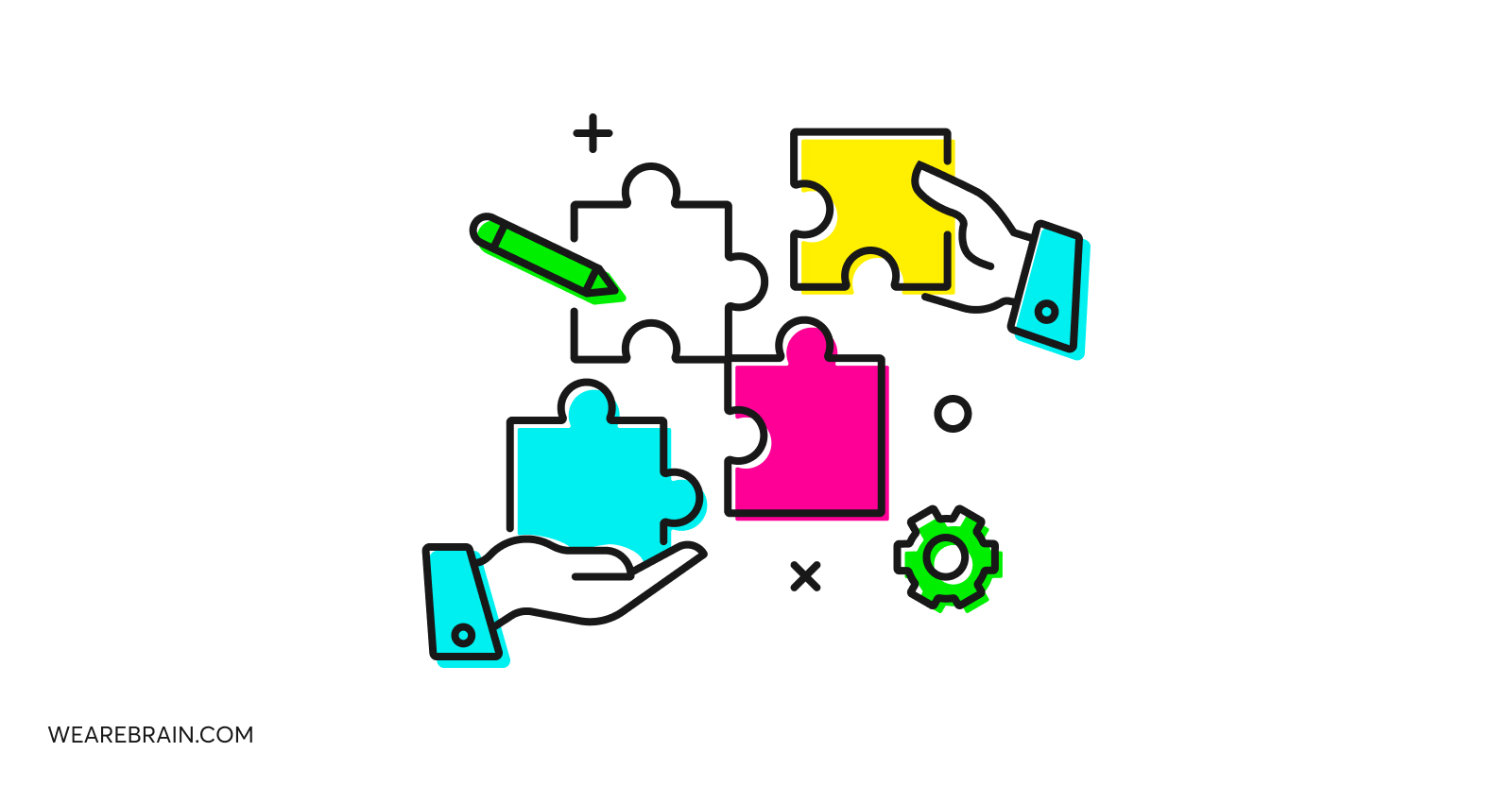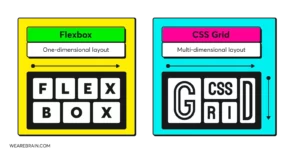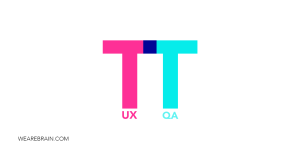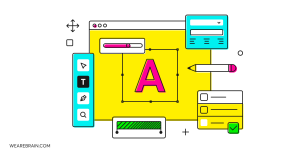Design as a problem-solving powerhouse

“Given one hour to save the world, I would spend 55 minutes defining the problem and 5 minutes finding the solution.” – Albert Einstein
When you think about the term design, especially within the context of marketing and branding, you probably think that it is all about typography, colour palettes and logos. While you wouldn’t be entirely wrong, you would be missing a large part of the picture. Much like the word’s etymology, the origin of this word and the concept behind it is a little more complex. As early as the 16th century the term was defined as the intention to plan or outline a scheme and then in 1703 the word’s definition was modified to: ‘to contrive for a purpose’.
In more recent times it’s been adopted as a formal vocation and you will find designers across different industries. Their main purpose is to create something that will solve a problem. This becomes easier to understand when you take the idea out of the brand and marketing space and start to consider architectural or engineering design. Within these fields, any new design is created to solve a problem. If there’s a river between two cities, you design and build a bridge. If you want a two-story house, your architect needs to design a space that will allow you to go from one floor to the other. Some might argue that this is a derivative of design called functional design, while I would argue that all design needs to be functional if you wish to build something effective.
What I mean is, most frequently, we build new products to fill a need or solve a problem. If you’re a designer and you don’t believe your role is to solve problems, then you’re probably not doing design right! But don’t worry, if you haven’t prioritised problem-solving when you design then read on to find out how to start.
Is there a problem to solve?
In 2014 Microsoft launched The Band, which was created as a competitor to Fitbit, first launched in 2009. The Band actually predated the Apple Watch, which was only released in April 2015. However, despite the release of two variations (Band 1 and 2), the actual product really didn’t offer much more than its cheaper counterpart (Fitbit). It had the same functionality but it didn’t really look great – it was criticised for its awkward and clunky design. So when Apple released its wearable technology in 2015 they cornered the high-end market with an aesthetically pleasing health tracker/watch, while Fitbit and other cheaper options had the functionality part down and were generally more wearable. Add to that poor integration with associated apps, The Band was measured and found wanting. By October of 2016 The Band landed itself in the relics that nobody wanted basket.
So, when you are tasked with designing a new digital product or you’re plotting out the UX for a new design, take into consideration The Band’s story and its fated doom. Ask yourself if there is indeed a problem to solve or a need to be serviced. If someone is doing the same thing as you are, then you need to look at what your point of difference might be and if it’s sufficiently different for consumers to consider switching to your product, service or concept. If not, then it’s probably not worth investing the time or effort into designing something that will likely not get off the ground.
It should also be noted that, even though we are in the age of digital product design, digital solutions should not be your only go-to reference when conceptualising a new product. Sometimes analogue solutions win out against new products. Let’s take the simple example of a grocery list. Sure you could design a new app that allows you to input your groceries and perhaps it could even give you an estimate of what they might cost, but more often than not grabbing a pen and paper is the easiest solution. As such it’s important to look across the product and solution landscape – digital may not always be the answer.
So, how do you ensure that you don’t go down the route of building or designing something unnecessary? In a word, research! Speak to your potential customers and ask them what they’re looking for.
interrogate the user journey you’re designing, is it simplifying the user’s life or adding complexity. If it adds complexity it’s usually not worth going in that direction unless the reward is sufficient for your audience to put in the extra effort.
Don’t chase your competitors, when your focus is on your competitors instead of your audience you are more likely to design something that mirrors what they do rather than answering the problem your users actually have.
Are you solving the right problem?
In the last few years, I worked on a large fashion brand and they aimed to become very innovative with their in-store experience by including interactive screens that combined the ease of online shopping with the tactile experience that physical stores bring. However, when the idea was launched they found that customer engagement with their smart screens was very low. The brand approached their agency with the task to improve the user experience of the screens because they believed the problem was with their interface or content. Our agency team decided to do some research and go in-store to see what customers actually thought of the devices. To our surprise, we soon found out that customers in the store didn’t understand the purpose of the screens and, worse, didn’t even recognise them as interactive screens. Our team also realised that there were so many triggers demanding a customer’s attention, including posters, other static screens and the products (garments and accessories) themself, that consumers were effectively blind to these new screens.
When confronted with a problem, we’re pretty sure most people’s first instinct is to dive head-first into solution-mode. But I’ve found that it often pays off to linger a bit longer on the actual problem itself. Really take some time to investigate it and understand it. The more time you spend with a problem, the more effective the solution is going to be. As in our example above, the perceived problem was actually not the reason why the screens weren’t successful. To find what I call ‘the true problem’ I use the 5 whys methodology.
It’s a technique that is simple but very effective. When confronted with either a request or a problem, before going into solution mode you should ask yourself why you’re designing something in the first place. Once you’ve got the answer to that question, ask why the answer you’ve come up with is a problem and so it goes. Eventually, you’ll find ‘the true problem’ and that’s where you should start.
Design means nothing if it isn’t executed well
This really should go without saying but I have seen great design ideas fall apart when it comes to execution way too many times. All too often it comes down to not understanding the whole ecosystem your design is going to live in. So as much as it’s important to think thoroughly about the problem and then develop the solution, the third part of this axis is execution.
I’ve already mentioned the issue that arises when you don’t think about the execution when designing your solution. However, you’d also find yourself in a sticky spot if you designed a solution, executed it well but didn’t really answer the problem (think Zune), or you looked at a problem, executed it well but only solved a superficial solution (as the agency dealing with the fashion brand might have done if they hadn’t done their research).
By considering all three elements from the get-go, you really are more likely to create a winning design that solves the right problem.
In closing
If your client says they want you to design a new product, first and foremost, consider whether or not this request will result in a viable solution to a problem. Once you’re sure that you have a problem to solve, make sure you’re solving the right problem and not creating a superficial solution. Remember to investigate the whole ecosystem that your solution will live in. Are there broader concerns you need to take into account? It’s essential that you investigate the problem you are presented thoroughly. Look at it from different angles. Do the research, spend time ‘in the field’ and do your due diligence.
Once you have worked out what the real problem is, ensure you make use of the 3-point axis. Problem-Solution-Execution. Each matters as much as the other and cannot be viewed in isolation if you wish to design something that truly adds value and makes a difference. This doesn’t mean that you need to sacrifice creativity for practicality. If you spend enough time on the problem you can almost certainly come up with a solution that has both a beautiful aesthetic and a level of functionality that will make your product or solution stand out.
And if you’re up for a giggle here are some really poor design executions just for fun.
Martijn Hinfelaar
Working Machines
An executive’s guide to AI and Intelligent Automation. Working Machines takes a look at how the renewed vigour for the development of Artificial Intelligence and Intelligent Automation technology has begun to change how businesses operate.







